Meesho Clone App Workflow- A Complete Guide
home / blog / Meesho Clone App Workflow- A Complete Guide
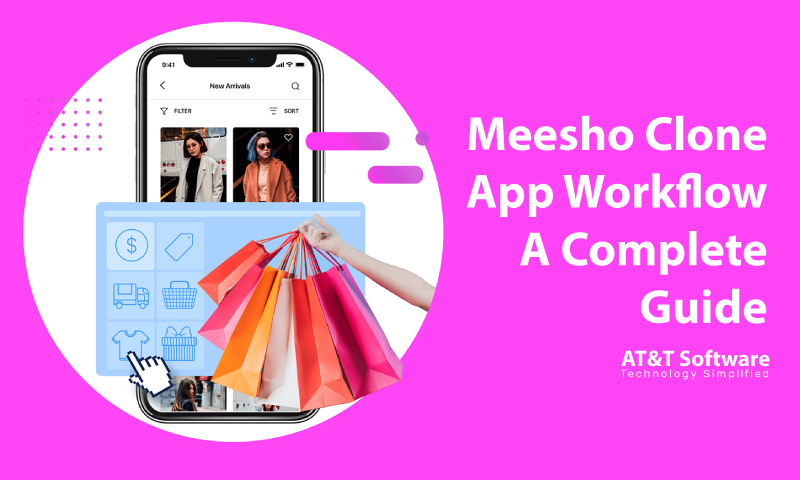
Because the eCommerce industry is fully established within a very short period, it is quite easy to understand the success of brands and companies involved in this. This explains the demand for developing an eCommerce platform like Meesho Clone App, which has been proven to exceed expectations.
The eCommerce industry is steadily rising, and the current digital and global standpoint are only suitable for its expansion. With the internet and globalization, smartphone technology has painted the world digitally. The eCommerce industry has utilized this to score some points.
The Meesho Clone App development stands in alignment with the rise and growth of the industry. It has successfully created a platform that hosts buyers and sellers to conduct their businesses like its peers. Let us see how this format plays out in reality.
Step 1: The app user must initially register and sign up using their email, phone, or social media handles. They will also need to add a few credentials, which the platform will verify. The seller also has to do the same.
Step 2: After the registration process, the buyer posts the products they want to sell. The app verifies these products before allowing them on their platform. On the other hand, the buyer searches for items they want to buy by browsing through the posted items.
Step 3: If they want, Meesho Clone App allows the user to share an item from the list of products with their friends and family via social media or WhatsApp.
Step 4: As soon as the buyer decides on buying a product, they can easily place an order for buying that specific item. The buyer will be able to see the final price, delivery details, address and other info before placing the order.
Step 5: The order request will automatically be sent to the seller and the admin. The supplier or the seller will have to process the order and send it to the delivery team. On the day of the delivery, one of the guys from the delivery fleet will be informed to take on the task.
Step 6: The delivery person will pick up the order from the seller and set off to deliver the package to the right delivery address.
Step 7: On receiving the package, the user can immediately pay for the service if they have not already done so during placing the order and opting for advanced payment options. The commission amount gets transferred to the buyers after the commission of the delivery person and service taxes have been deducted.
Meesho Clone App Revenue Model
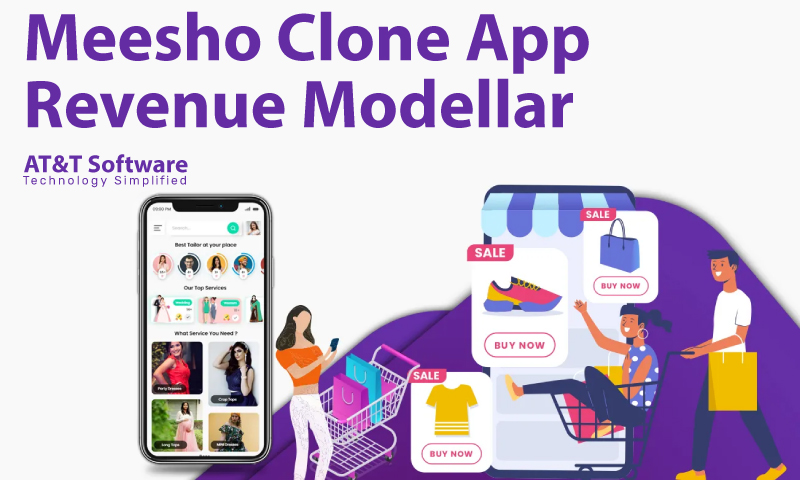
The Meesho Clone App has to include a revenue model to hold its ground. In addition, the app needs to have a strategy to power the revenue and make a significant difference. We have discussed some of these in the section below.
Commission
The easiest way for an eCommerce platform to earn guaranteed revenue is through the commission they can earn over their services. With every posting or every order placement, the app can levy a certain percentage as service tax or, in the company’s terms, commission.
Delivery Charges
Similarly, eCommerce platforms of today are heavily dependent on their delivery fleet to make timely delivery. Therefore, the user has to pay a certain amount for processing the delivery, which is included in their total amount. Most of this amount is transferred to the account of the delivery person, except for a minimum percentage sent to the Meesho Clone App.
Product Advertisements
The platform could also earn directly from advertisements. For example, the admin could leverage certain spaces over the app to third-party clients for advertising their content or product. Mostly, these are relevant content and products, but as the advertisement is purely based on the revenue meter, third-party ads can be of any sort.
Features To Include On A Meesho Clone App
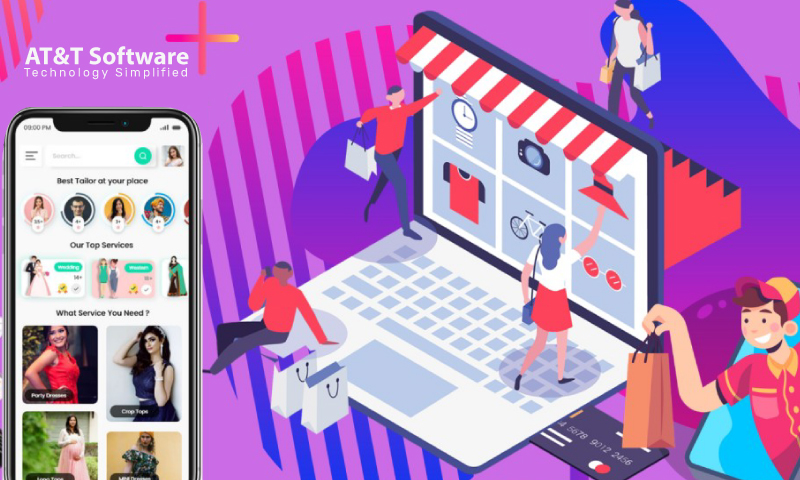
During app development, the Meesho Clone App needs to focus on the features that it can bring to the table. These features have to be chosen and strategically implemented on the app for the user to grasp all things. An eCommerce platform consists of buyers, sellers and admin, and the feature is significantly distributed among these three parties.
User Panel Features On A Meesho Clone App
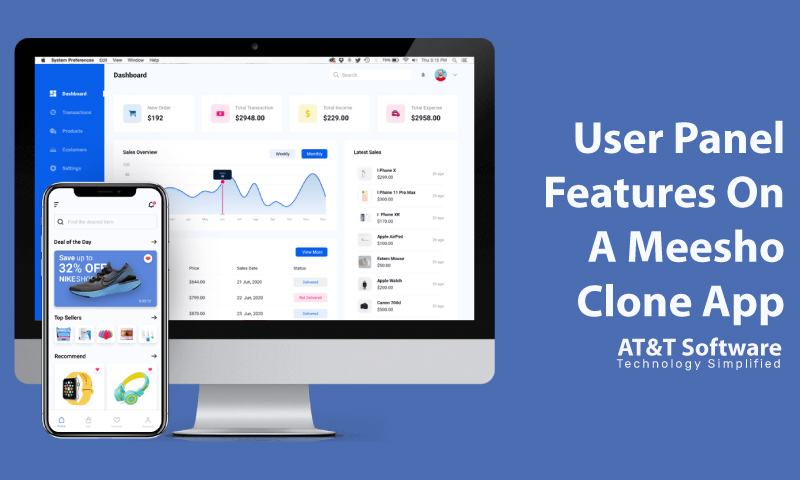
The user panel contains features that the user requires to perform their part in the whole eCommerce system. The app ensures all the features that the user may require to purchase or do other things.
User Onboarding
The user initially needs to register onto the Meesho Clone App to make a purchase. However, they can easily cross this hurdle by entering their credentials and getting them verified right away.
Preference Setting
Once they have passed the registration process, they may be asked to set up their preferences. This way, an eCommerce app with various products can gain insight into what the user may be looking for. Then, the app uses this algorithm to send recommendations and offers that might be useful to the user.
Exploring Products
The user can also look for products on their own simply by typing or using the voice search feature. The app may also have an organised category listing all the products, which the user can find quite useful.
Viewing Offers
The Meesho Clone App has a special section for users to view unique offers. The preferences recorded by the app initially are used for sending offers that the user can use to their benefit.
Recommendations
There is also a separate section for the app to recommend specific products with user preferences or search results. These recommendations are to the point, so users can check them or leave them without having to waste much time on them.
Wishlist
Once the user comes across a product they like but plans to buy some other time, they can save that item under the Meesho Clone App wishlist. The wishlist can contain multiple items, but the final value and other details can only be found in the cart.
Product Details
When the user like a product that they are willing to pay for, they will surely want to have a closer look before spending the money. Virtually, it could have been impossible, but eCommerce uses the power of info and modern virtual options like pictures, ratings, and reviews to give an accurate description of products, so users feel safe enough to make the payment.
Seller Details
Along with the product details, the buyer can also have certain insight about the seller from the seller description. The product description will link to the seller’s page, where the user can know certain things about the seller before making a purchase.
Payment Preferences
The Meesho Clone App also allows the user to pay at their convenience. However, it must have at least a few payment options so that the user has a few alternatives available during payment.
Product Reviews
As mentioned before, the reviews and ratings provided to sellers or on specific products are provided by buyers of the products or brands. Instinctively enough, it boasts authenticity.
Seller Panel Features On A Meesho Clone App
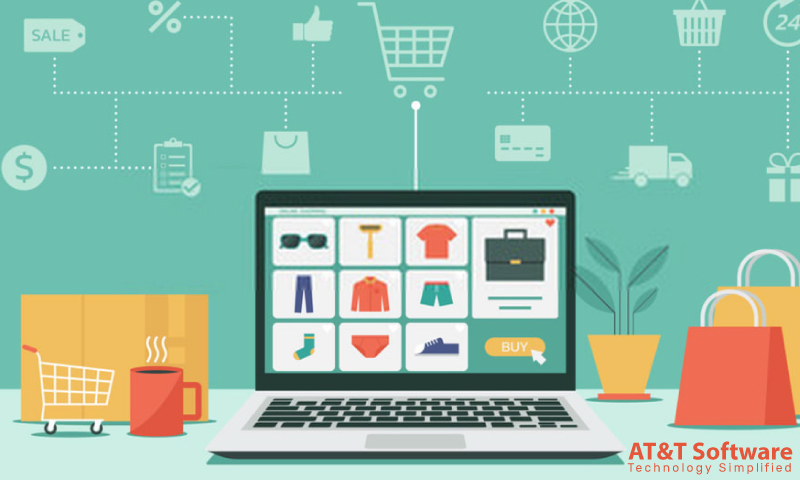
The seller or supplier on the Meesho Clone App has a simple purpose of conducting business and making a profit. Most of these firms have taken to the digital scene during digitalization. However, others sensed the rising trend and growth of the eCommerce industry and took the leap of faith.
Seller Registration
The seller must also register using similar email and phone number verification tactics. They might have to add a few documentation, which will also get verified by the admin, before allowing them to take part in the app activities.
Seller Profile
After registration, they are allotted a seller profile. They will have to add precise info, visible to the public who checks their profile.
SKU Set Up
Whatever the seller wishes to sell has to be listed and verified before posting on the Meesho Clone App. The Stock Keeping Unity (SKU) stores all these items, and the admin scrutinizes them one by one before passing them off.
Product Page Building
Each product has to add specific detail and description, which will be added to the product detail. The seller needs to pay attention to this bit, or their product might not have the visibility or sale.
Bank Account Inclusion
Like the user, the seller is also required to add their bank account. It is even necessary for the seller, as they are planning to grow their business through the app. All the commissions and incentives are transferred to the seller’s bank account; otherwise, they can also be stored in a digital wallet.
View Orders
The Meesho Clone App records all data under its server. For example, it stores all the orders that have been successfully delivered, the pending ones and even the ones that have been cancelled.
Analytics
The app consists of different analytical tools for different parties and different purposes. For example, the seller has an analytical tool to see the stats and standings and probabilities for the future.
Account Switching
For instance, a seller can have multiple accounts and different branches of a brand. The seller may have to manage two or more accounts in such cases. They can simply switch between registered accounts to be connected to the scene.
Conclusion
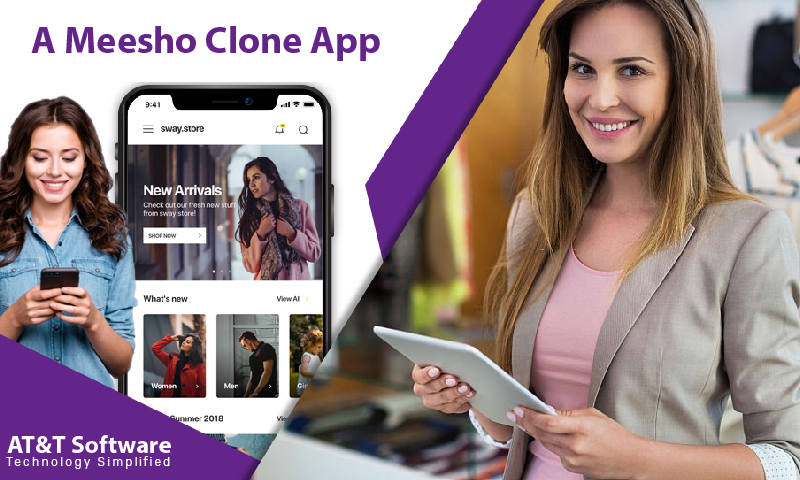
A Meesho Clone App is a typical eCommerce platform that hosts buyers and sellers. It acts as a bridge between the two parties and earns commissions through its services. Developing an eCommerce platform can be learned from articles or from consulting with renowned developers, but managing it after its launch is the most crucial thing to keep in mind.

I hope you enjoy reading this blog post.
Would you like to get expert advice? Schedule a Call
About Webrock Media
Webrock Media comes with an incredible team of website and mobile application developers who can customize the perfect solutions to transform your business. We think ourselves to be an ideal ‘Technology Simplified Destination’ as we know how to perfectly merge creativity and programming to build robust websites for our clients.
